Science can be surprising. Throughout history, many ideas that seemed outrageous at first later proved to be true, showing us how our understanding of the world can completely change. Here are 18 scientific concepts that went from unbelievable to widely accepted.
Continental Drift

Alfred Wegener suggested in 1912 that continents move across the Earth’s surface, but Khan Academy notes that scientists ridiculed him since he couldn’t explain how it happened. Decades later, the discovery of plate tectonics proved Wegener right. This changed our understanding of Earth’s geology and showed his once-mocked idea was actually correct.
Heliocentrism

In the 16th century, Copernicus hypothesized that Earth orbits the Sun, not the other way around. The Catholic Church strongly opposed this idea since it went against religious teachings. Later, Galileo’s observations and Kepler’s laws of planetary motion provided evidence for this view, challenging the long-held belief that Earth was the center of the universe.
Handwashing Prevents Disease

In 1847, Ignaz Semmelweis suggested that doctors wash their hands between patients to prevent the spread of disease. His colleagues refused to believe that invisible particles could cause illness. Years later, germ theory confirmed Semmelweis’s ideas, making handwashing a fundamental practice in medicine and public health.
Extinction
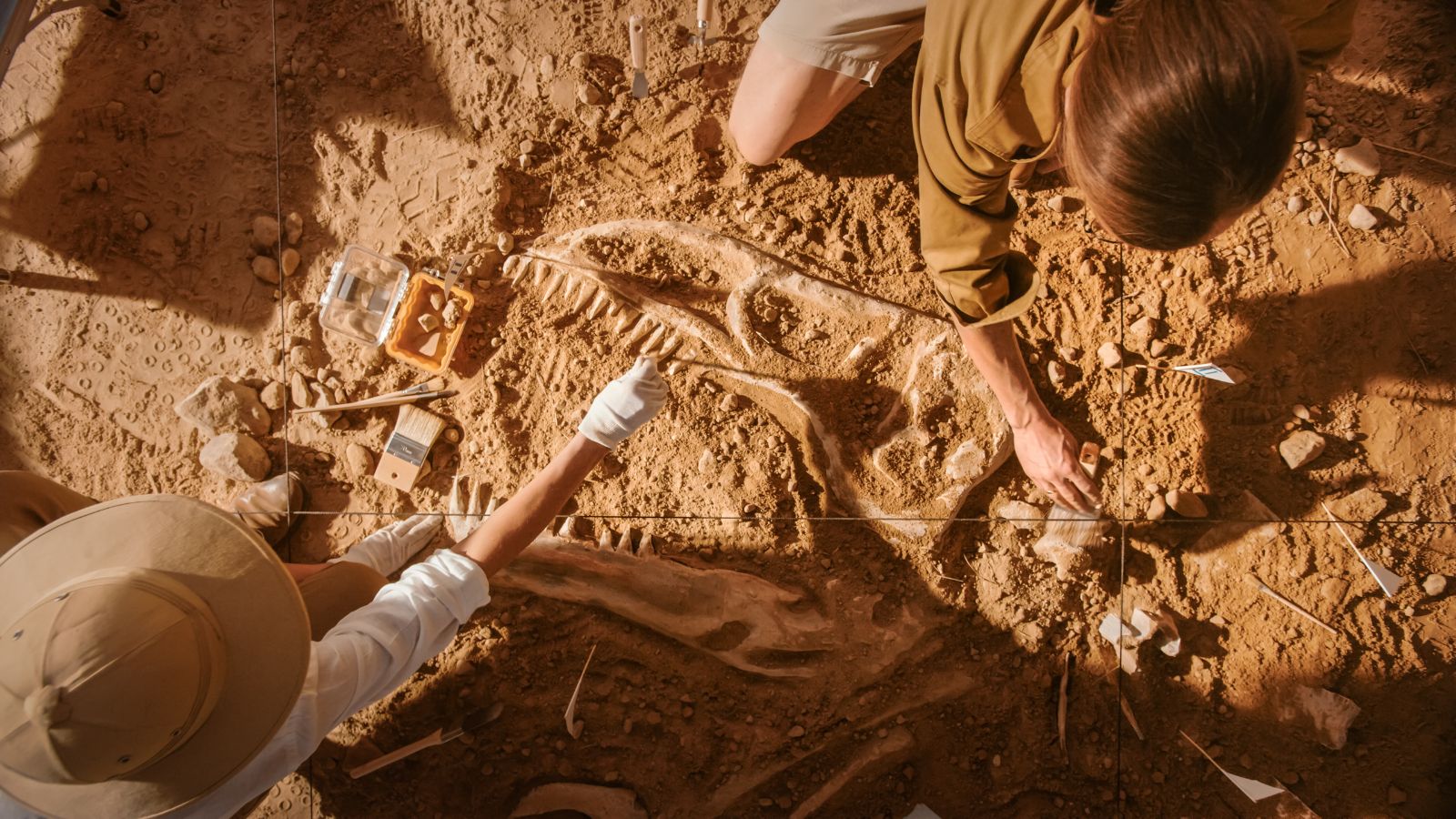
People once thought species couldn’t go extinct because it didn’t fit with the idea of God’s creation. In the late 1700s, however, Georges Cuvier studied fossils and showed that some animals had disappeared forever. This work started the field of paleontology and changed how we understand the history of life on Earth.
Mass Extinction Events

Luis Alvarez argued in 1980 that an asteroid impact caused dinosaur extinction, an idea initially considered far-fetched. Many scientists preferred gradual climate change theories. The discovery of the Chicxulub crater and a global iridium layer later supported Alvarez’s hypothesis.
Quantum Entanglement
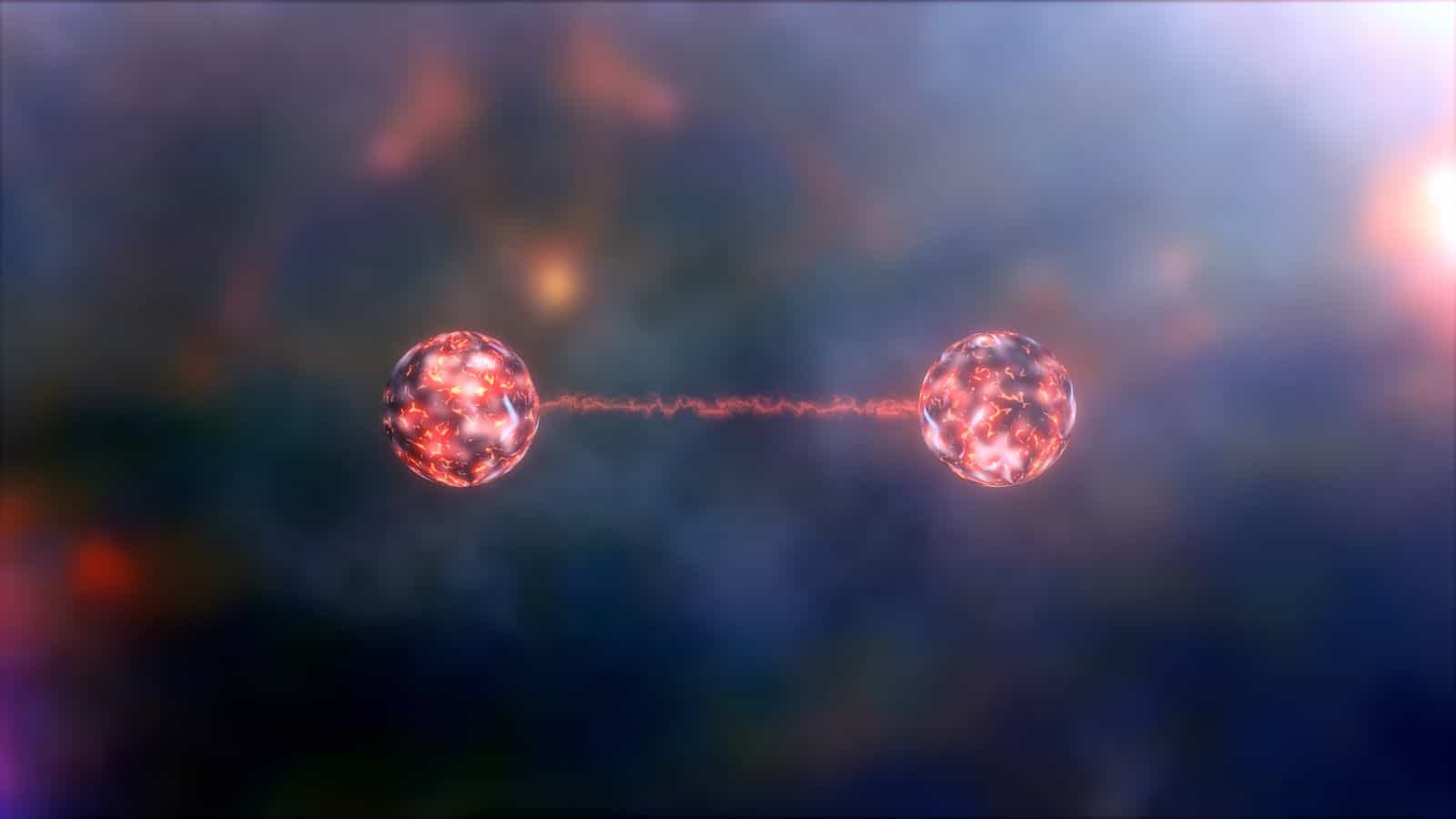
Einstein famously called quantum entanglement “spooky action at a distance,” believing it impossible for particles to influence each other over vast distances instantly. Decades of experiments have since confirmed this bizarre quantum phenomenon, leading to potential applications in quantum computing and cryptography.
Dark Matter

In 1933, Fritz Zwicky proposed ‘dark matter’ to explain how galaxy clusters move, but his idea was mostly ignored. Astronomers struggled to accept matter that doesn’t interact with light. Later observations of galaxy rotation and gravitational lensing provided strong evidence for dark matter, making it a key part of modern cosmology.
Neanderthal-Human Interbreeding
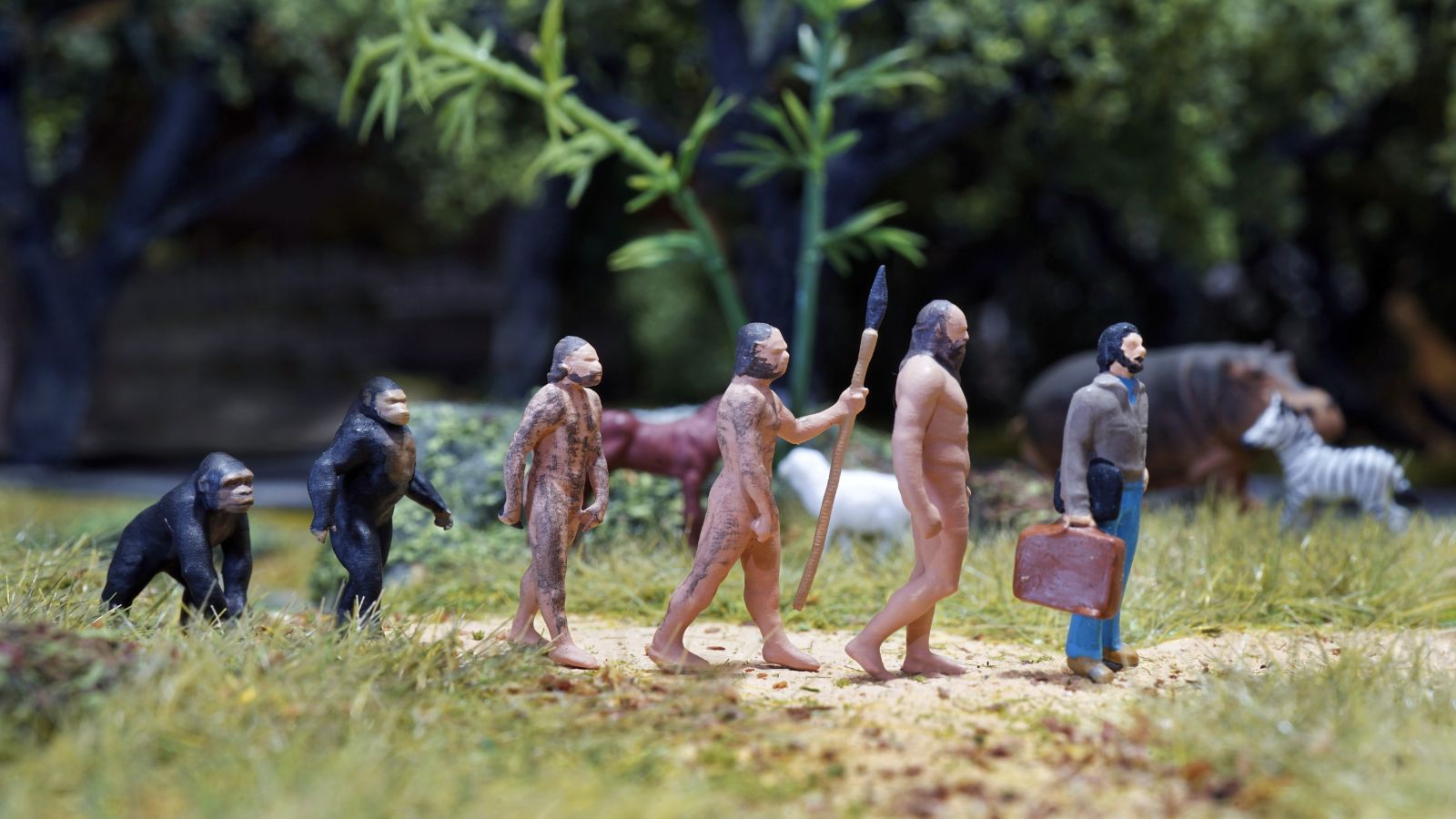
For years, anthropologists rejected the idea that modern humans and Neanderthals interbred, seeing Neanderthals as a separate, extinct species. Genetic studies in the 21st century changed this view, showing that most non-African populations have Neanderthal DNA. This discovery confirmed interbreeding and reshaped our understanding of human evolution.
Transposons

Barbara McClintock’s discovery of ‘jumping genes’ in the 1940s was met with skepticism as the idea that genes could move within a genome seemed implausible. Decades later, molecular biology techniques confirmed the existence of transposons, earning McClintock a Nobel Prize and revolutionizing our understanding of genetic regulation.
Prions

Stanley Prusiner suggested in 1982 that proteins alone could cause infectious diseases, an idea deemed radical at the time. Scientists widely believed all pathogens needed genetic material. Later research confirmed the existence of prions, abnormally folded proteins that cause diseases like mad cow. This discovery validated Prusiner’s controversial theory, changing our understanding of some infectious diseases.
Acid Rain

In the 1960s, scientists proposing that industrial emissions could cause acid rain faced fierce opposition from industry groups. They claimed the phenomenon was natural or exaggerated. Extensive research eventually proved the link between sulfur dioxide emissions and acidification of water bodies, leading to environmental regulations and emission controls.
Epigenetics

The concept that environmental factors could influence gene expression without changing DNA sequences was initially dismissed. Scientists believed genetic information flow was one-way. Studies showing how methyl groups can activate or silence genes have since validated epigenetics, opening new avenues in genetics and disease research.
Neuroplasticity

The adult brain’s ability to form new neural connections was once thought impossible; instead, scientists believed brain structure was fixed after childhood. Advances in neuroscience have demonstrated the brain’s remarkable plasticity throughout life, revolutionizing our approach to learning, recovery from brain injuries, and treatment of neurological disorders.
Gut-Brain Connection
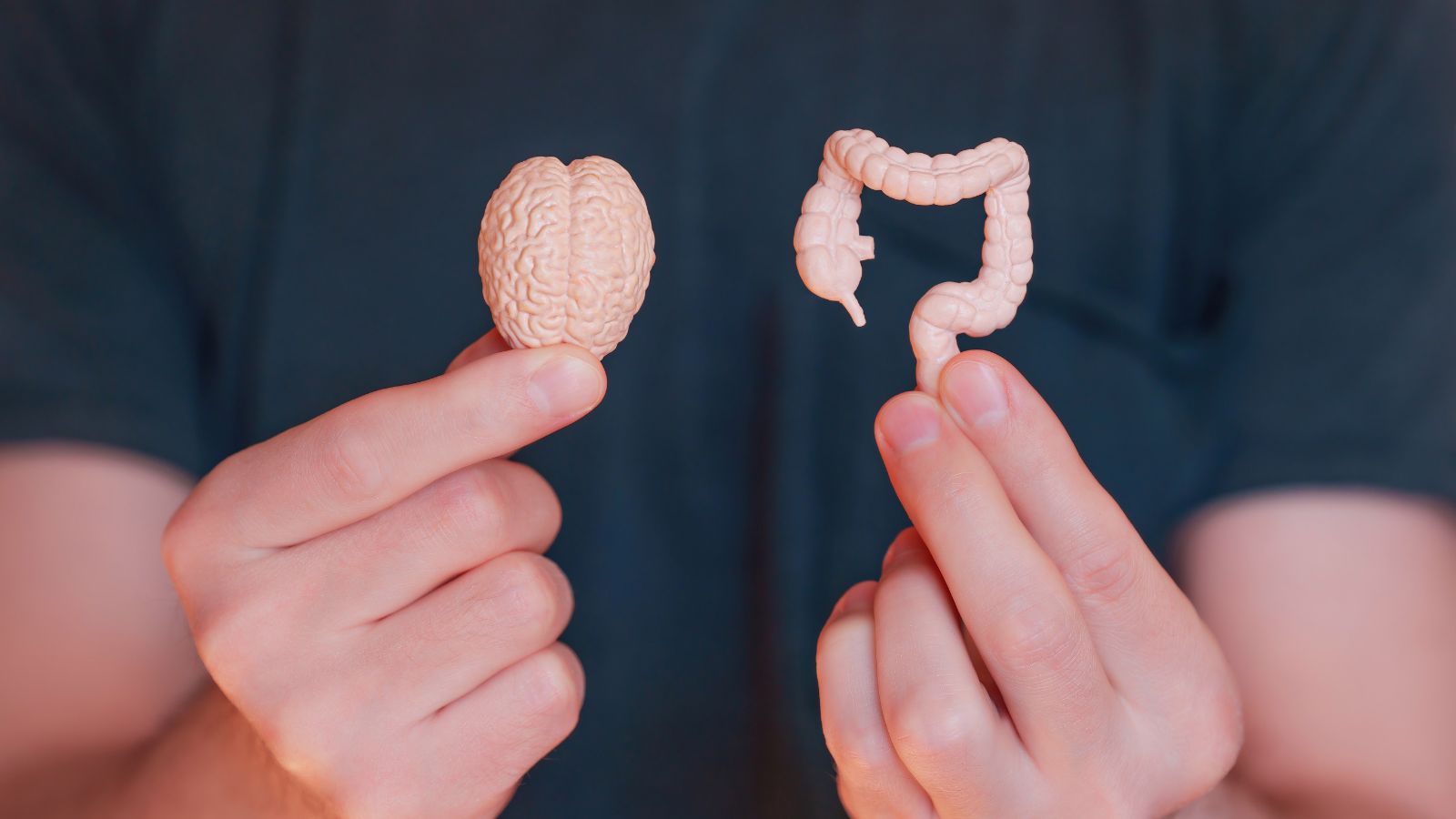
Scientists initially rejected the idea that microbes could affect the brain. However, recent studies have uncovered a complex gut-brain relationship, revealing how our microbiome influences mood, behavior, and even brain health. This discovery has transformed our understanding of mental well-being.
Anthropogenic Climate Change

When scientists first suggested human activities could alter global climate, many dismissed it as alarmist. Skeptics argued that Earth’s systems were too vast for humans to impact significantly. Decades of data on rising temperatures, sea levels, and extreme weather events have since confirmed the reality of human-induced climate change.
Homo Floresiensis

Small hominin fossils were discovered in 2003 on the Indonesian island of Flores but were initially met with disbelief. Many scientists thought the ‘Hobbit’ humans were impossible, but further research confirmed Homo floresiensis as a distinct species, challenging our understanding of human evolution and diversity.
Exoplanets
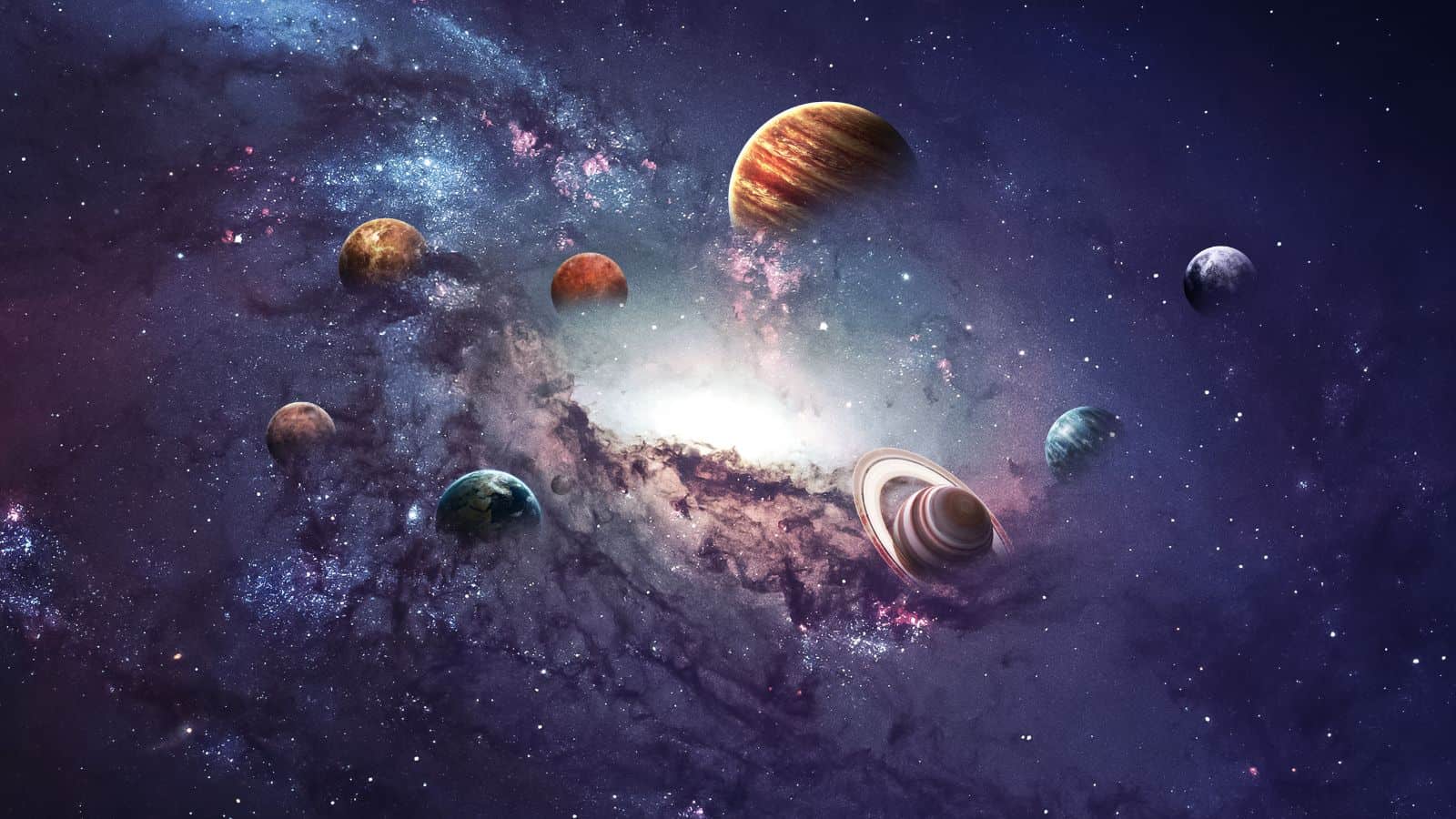
The existence of planets outside our solar system was long considered speculative, with many astronomers doubting we could detect such distant objects. Advances in detection methods have since confirmed thousands of exoplanets, some potentially habitable, revolutionizing our view of the universe and the possibility of extraterrestrial life.
Archaea

The scientific community initially rejected Carl Woese’s proposal of a third domain of life, distinct from bacteria and eukaryotes. The idea seemed to contradict established biological classification. Molecular studies have since confirmed the unique nature of Archaea, fundamentally altering our understanding of life’s diversity and evolution.
Up Next: 17 Things Most People Forget After Someone Dies

When a person dies, it’s easy for their partner or family members to overlook things while they process shock and grief. Despite the pain of losing a loved family member, it’s important to remember to organize these 17 things to prevent problems later on.
17 Things Most People Forget After Someone Dies
17 Phrases Confident People Use to Stand Up For Themselves

Confidence is a healthy and attractive trait that helps us stand firm in our values and set healthy boundaries. We can always become more confident, and learning the right ways to stand up for yourself is a great way to start. Here are 17 phrases you can use to do so.
17 Phrases Confident People Use to Stand Up For Themselves
20 Signs Someone Is Only Pretending to Care

Whether it’s to avoid hurting your feelings or if it’s part of a more elaborate plan to deceive you for benefits, people pretend for many reasons. The main theme with them, though, is that their actions never match the sugar-coated words that come out of their mouths. So that you don’t fall for someone like this, we’ve compiled 20 signs for you to look out for.
